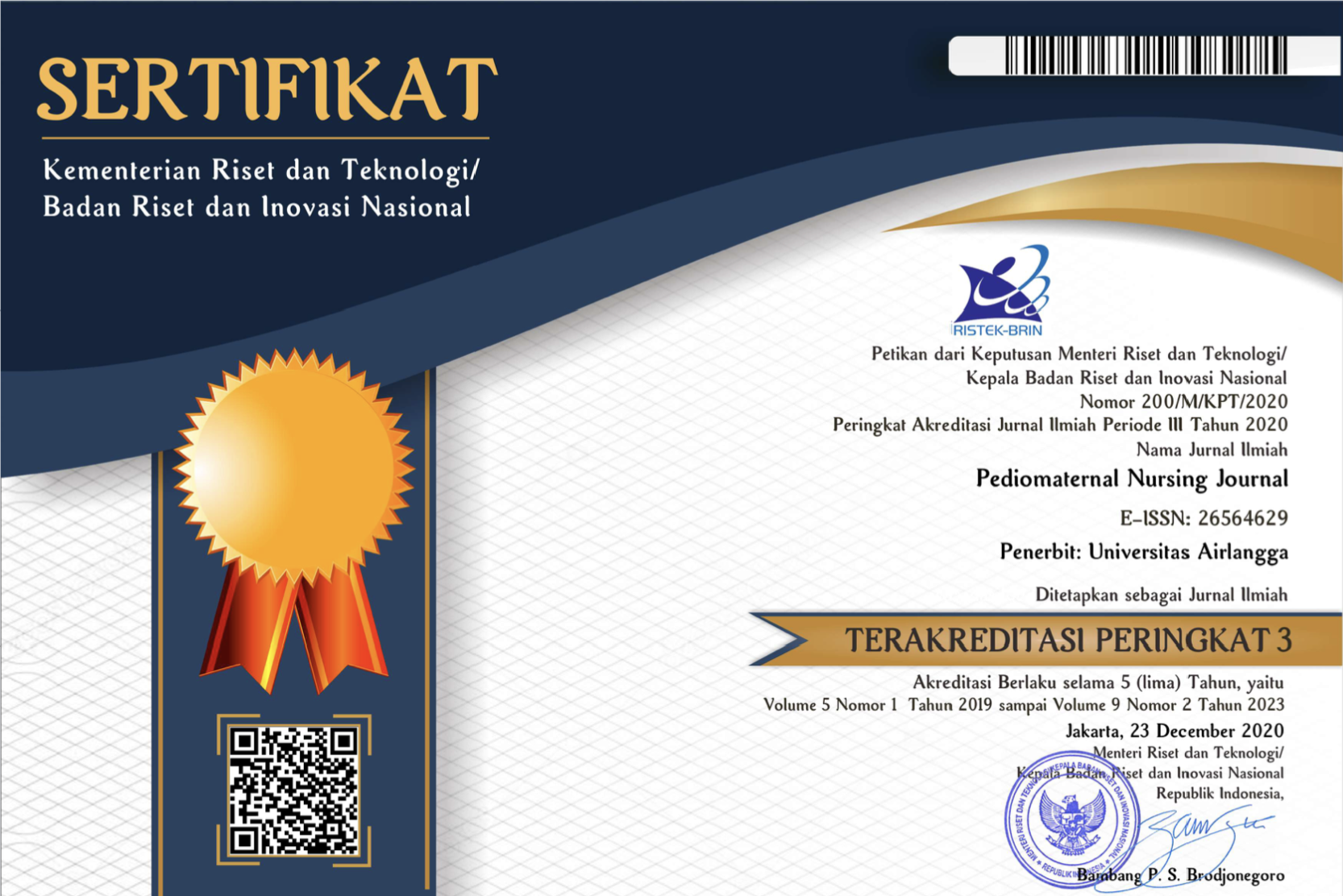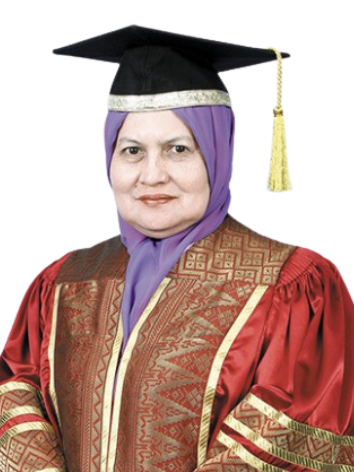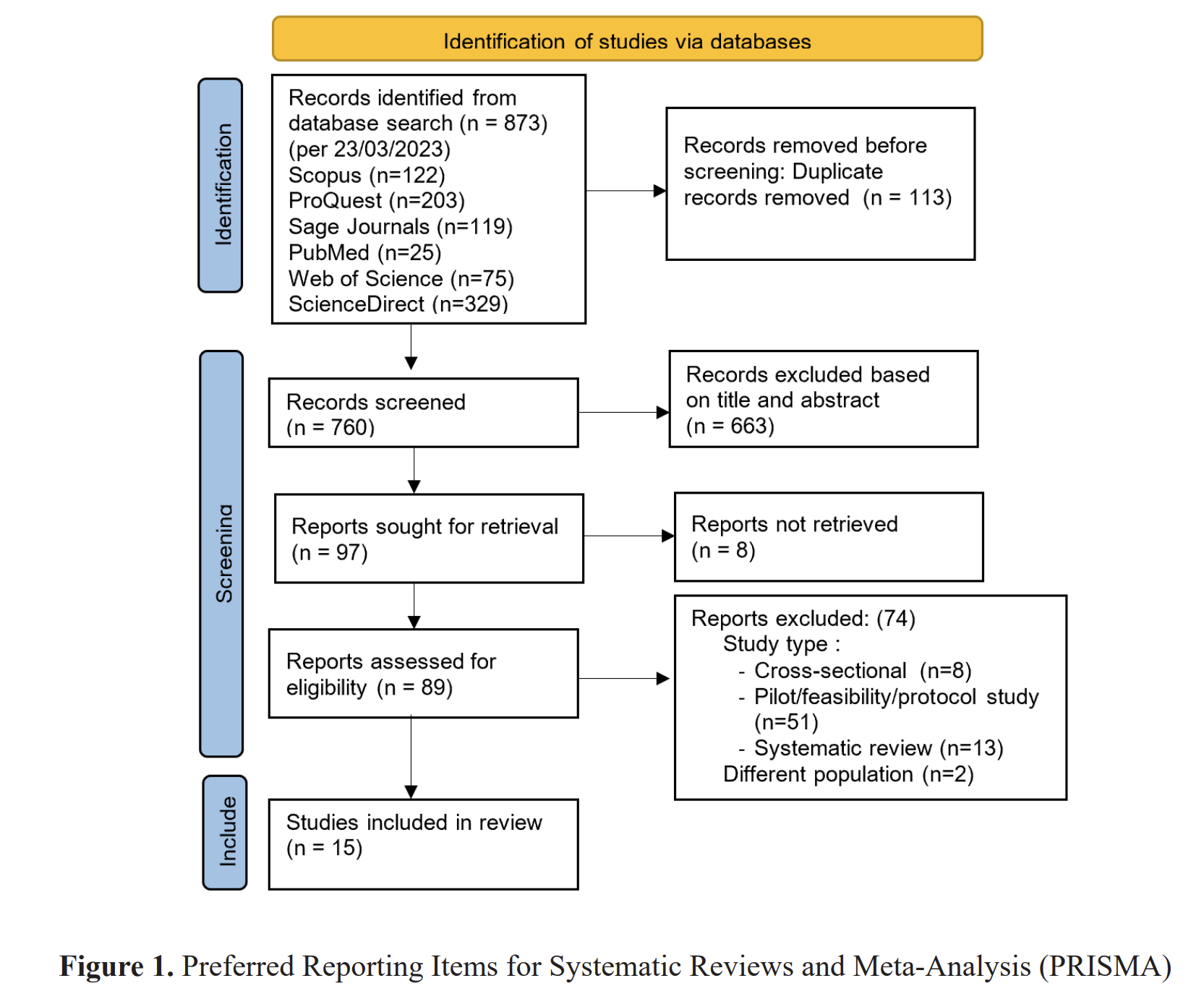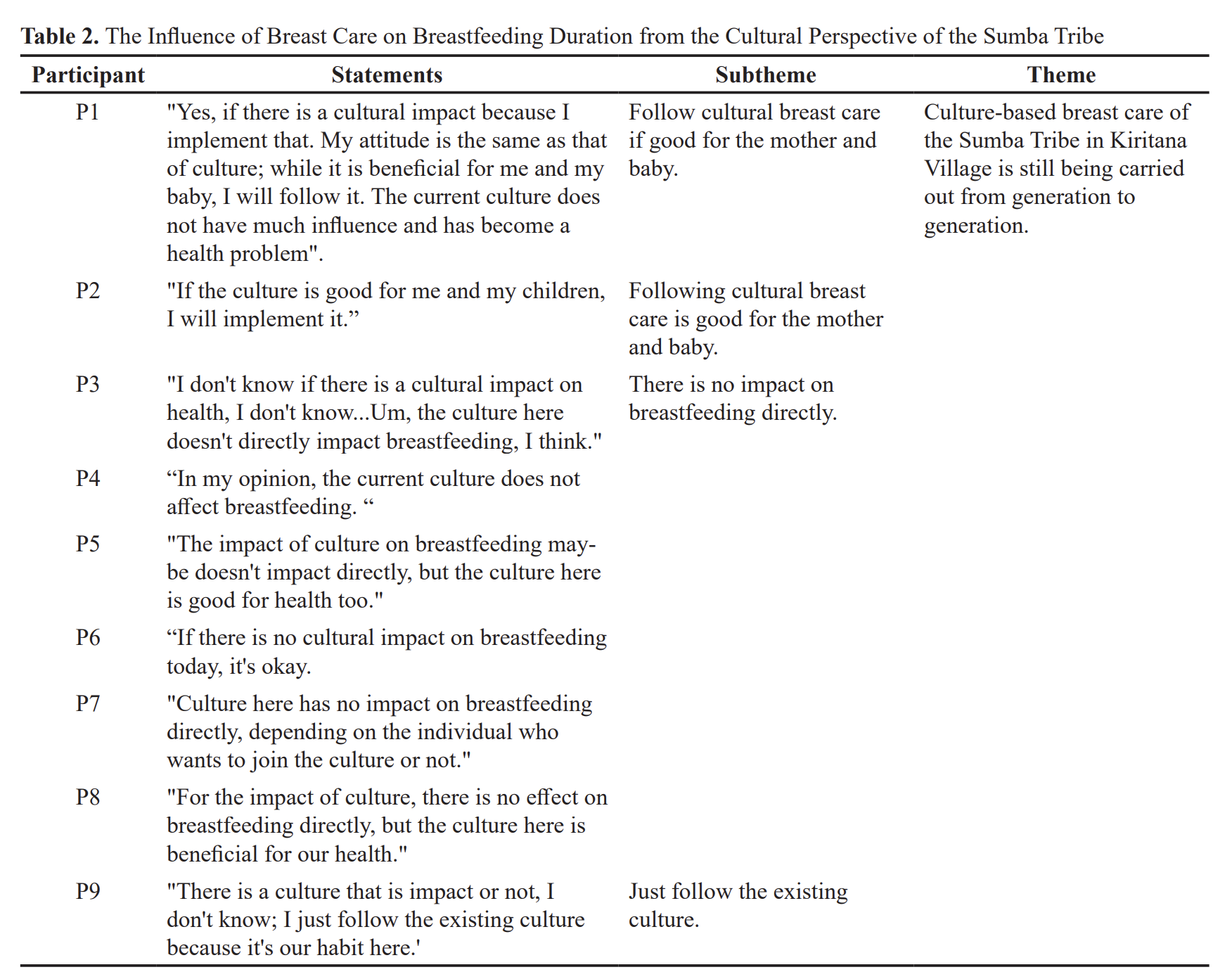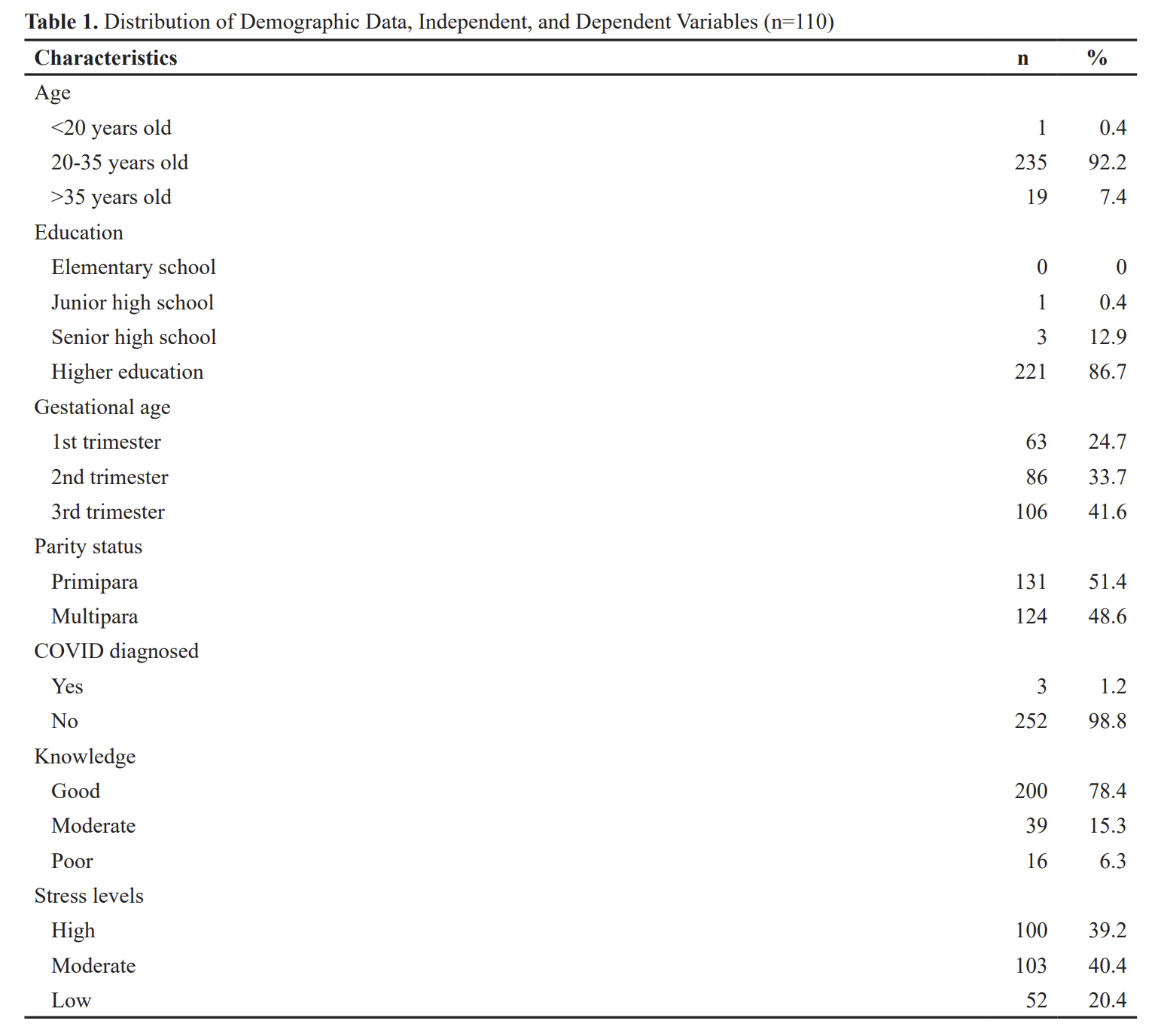Faktor Risiko Kejadian Atonia Uteri
Downloads
Introduction: PostpartumHemorrhage is one of the main cause of maternal morbidity and mortality worlwide. Every 4 minutes one woman is estimated dead by this case. The cause of postpartum hemorrhage is known as ‘4 T's' (tone, tissue, trauma, and thrombin). Common aetiology of hemorrhage postpartum is uterine atony. Uterine atony can be caused by several risk factors . The aim of this study is to determine the correlation between advanced maternal age, grande multiparity, uterine overdistension, labour augmented, and prolonged labour as risk factors with the incidence of uterine atony.
Methods: This study was an analysis of observational study with case-control design conducted at a tertiary hospital in Surabaya. The population was all medical record of postpartum women who had hemorrhage in 2016-2018. The case group was postpartum woman who had hemorrhage due to uterine atony and the control group due to other causes. The sample size of the case group was 37 respondents and the control group was 35 respondents, they were obtained through purposive sampling. The independent variables in this study was maternal age, parity, uterine overdistension, labour augmented, and prolonged labour; the dependent variable was uterine atony. Univariate analysis was used to describe respondent's characteristic and bivariate analysis was used to determine the correlation between risk factors and the incidence of uterine atony. Fisher Exact was used to analyze the data with α= 0,05.
Results: Fisher Exact showed there was correlation between uterine overdistension and uterine atony (p value=0,036; OR= 4,423; 95% CI 1,023-27,267) on the other hand it showed no correlation between maternal age, parity, augmented labour, and prolonged labour with uterine atony (p value >0,05).
Conclusion: Increased awareness of pre-conceptual care and early detection of risk factors are needed to reduce the risk factors of the incidence of uterine atony especially in uterine overdistension.
Sebghati M, Chandraharan E. An update on the risk factors for and management of obstetric haemorrhage. Women's Heal. 2017;13(2):34–40.
Weeks A. The prevention and treatment of postpartum haemorrhage: What do we know, and where do we go to next? BJOG An Int J Obstet Gynaecol. 2015;122(2):202–10.
Royal College of Obstetricians & Gynaecologists. Prevention and Management of Postpartum Haemorrhage: Green-top Guideline No. 52. BJOG An Int J Obstet Gynaecol. 2016;124(5):e106–49.
Nyflí¸t LT, Stray-Pedersen B, Forsén L, Vangen S. Duration of labor and the risk of severe postpartum hemorrhage: A case-control study. PLoS One. 2017;12(4):1–10.
Butwick AJ, Carvalho B, El-Sayed YY. Risk factors for obstetric morbidity in patients with uterine atony undergoing Caesarean delivery. Br J Anaesth. 2014;113(4):661–8.
Azhar K, Dharmayanti I, Ahmad N. Faktor Lingkungan Sebagai Pembentuk Indikator Status Pelayanan Kesehatan Maternal. J Ekol Kesehat. 2016;15(2):115–26.
Agustini N, Suryani N, Murdani P. Hubungan Antara Tingkat Pengetahuan IBu dan Dukungan Keluarga dengan Cakupan Pelayanan Antenatal di Wilayah Kerja Pukesmas Buleleng I. J Magister Kedokt Kel. 2013;1(1):67–79.
D.P. P, Carmen G, M. M, Loredana M. Postpartum Hemorrhage after Cesarean Delivery - Causes and Management Statistics of „Prof. Dr. Panait Sí®rbu „ Hospital- Bucharest. ARS Medica Tomitana. 2014;20(1):30–4.
Ononge S, Mirembe F, Wandabwa J, Campbell OMR. Incidence and risk factors for postpartum hemorrhage in Uganda. Reprod Health. 2016;13(1):38.
Novikova. Tranexamic acid for preventing postpartum haemorrhage ( Review ) SUMMARY OF FINDINGS FOR THE MAIN COMPARISON. 2015;(6).
Moncrieff G. Postpartum haemorrhage: Aetiology and intervention. Br J Midwifery. 2018;26(4):224–31.
Mills TA, Lavender T. Advanced maternal age. Obstet Gynaecol Reprod Med. 2014;24(3):85–90.
Oyston C, Rueda-Clausen CF, Baker PN. Current challenges in pregnancy-related mortality. Obstet Gynaecol Reprod Med. 2017;27(7):199–205.
Nyflí¸t LT, Sandven I, Stray-Pedersen B, Pettersen S, Al-Zirqi I, Rosenberg M, et al. Risk factors for severe postpartum hemorrhage: A case-control study. BMC Pregnancy Childbirth. 2017;17(1):1–9.
Sheldon WR, Blum J, Vogel JP, Souza JP, Gülmezoglu AM, Winikoff B, et al. Postpartum haemorrhage management, risks, and maternal outcomes: findings from the World Health Organization Multicountry Survey on Maternal and Newborn Health. BJOG. 2014;121 Suppl:5–13.
Mgaya AH, Massawe SN, Kidanto HL, Mgaya HN. Grand multiparity : Is it still a risk in Grand multiparity : is it still a risk in pregnancy ? 2013;(March 2014).
Alsammani M, Ahmed S. Grand Multiparity: Risk Factors and Outcome in a Tertiary Hospital: a Comparative Study. Mater Socio Medica. 2015;27(4):244.
Njoku CO, Abeshi SE, Emechebe CI. Grand Multiparity: Obstetric Outcome in Comparison with Multiparous Women in a Developing Country. Open J Obstet Gynecol. 2017;07(07):707–18.
Pooja V, Sangeeta RS. Trends in the Occurrence of Antenatal and Perinatal Complications with Increasing Parity. 2013;63(August):260–7.
Nurchairina. Hubungan overdistensi uterus dengan kejadian atonia uteri pada ibu post partum di sebuah rumah sakit di provinsi lampung. 2017;XIII(2):215–20.
S L. Atonic Postpartum Hemorrhage: Blood Loss, Risk Factors, and Third Stage Management. J Obstet Gynaecol Canada. 2016;38(12):1081-1090.e2.
Prata N, Fraser A, Huchko MJ, Gipson JD, Withers M, Lewis S, et al. Women's empowerment and family planning: a review of the literature. J Biosoc Sci. 2017;49(6):713–43.
Rousseau A, Burguet A. Oxytocin administration during spontaneous labor: Guidelines for clinical practice. Chapter 5: Maternal risk and adverse effects of using oxytocin augmentation during spontaneous labor. J Gynecol Obstet Hum Reprod. 2017;46(6):509–21.
Tort J, Rozenberg P, Traoré M, Fournier P, Dumont A. Factors associated with postpartum hemorrhage maternal death in referral hospitals in Senegal and Mali: A cross-sectional epidemiological survey. BMC Pregnancy Childbirth. 2015;15(1):1.
Ozturk E, van Iersel M, van Loon K, den Rooijen C, van Dongen E, van Wijngaarden R de L, et al. Interactive online learning on perioperative management of elderly patients. Am J Surg [Internet]. 2018;216(3):624–9. Available from: https://doi.org/10.1016/j.amjsurg.2018.01.071
Copyright (c) 2020 Mega Lestari, Pungky Mulawardhana, Budi Utomo

This work is licensed under a Creative Commons Attribution 4.0 International License.
1. The journal allows the author to hold the copyright of the article without restrictions.
2. The journal allows the author(s) to retain publishing rights without restrictions.
3. The legal formal aspect of journal publication accessibility refers to Creative Commons Attribution (CC BY).

